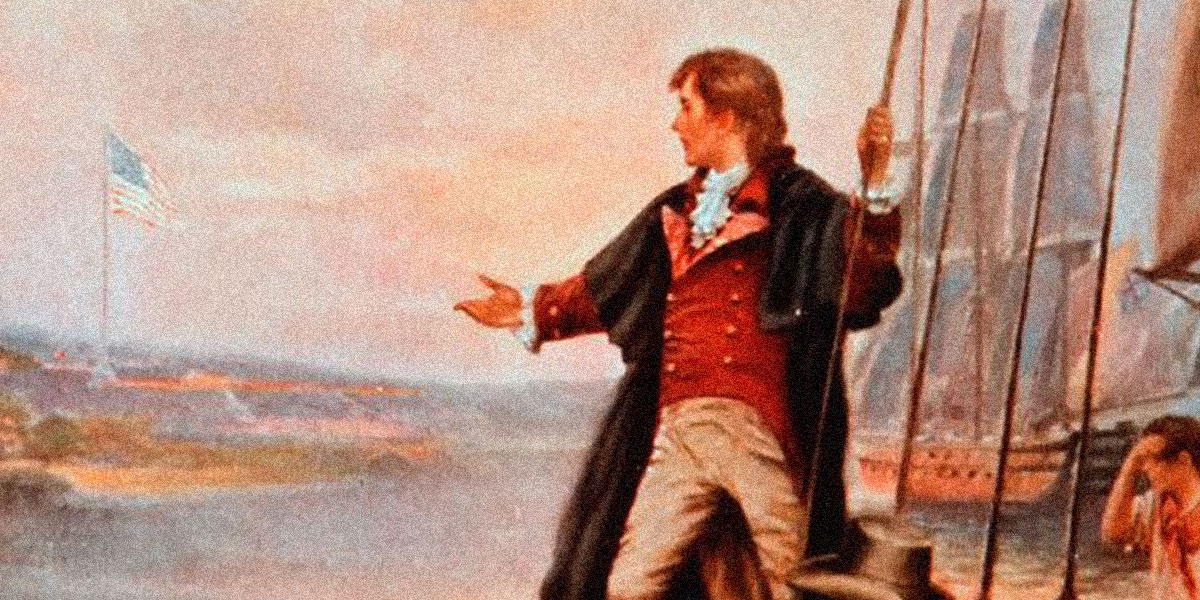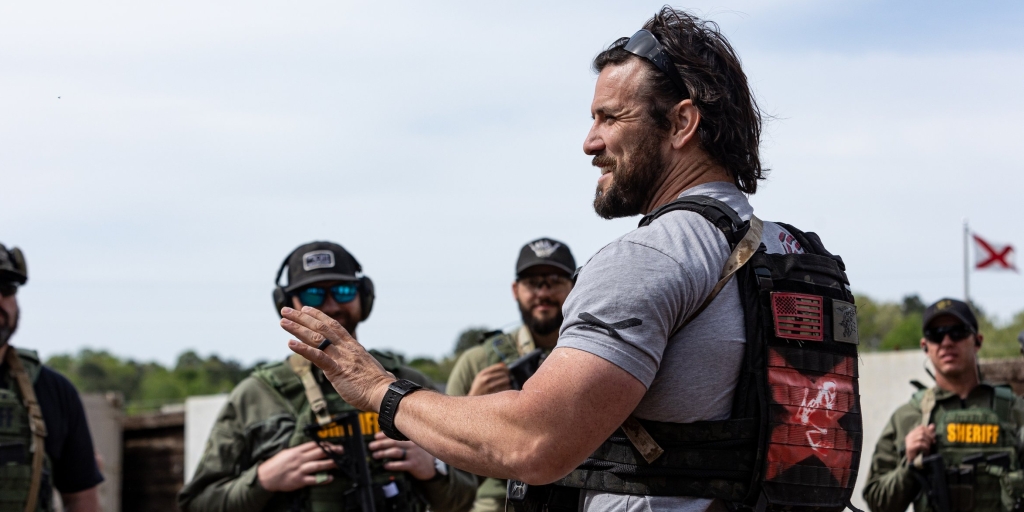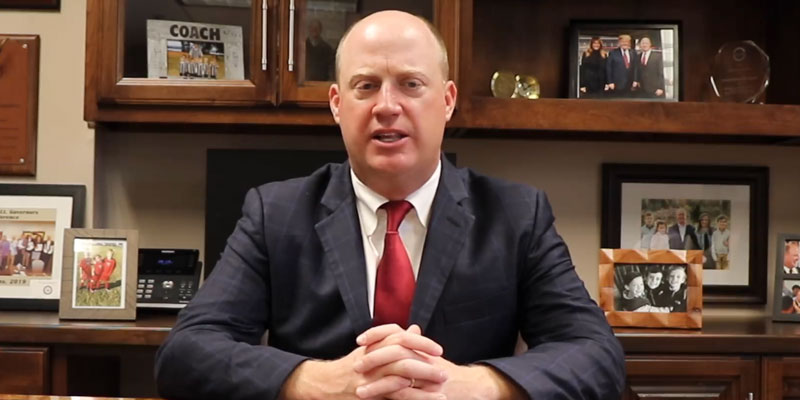To my own embarrassment, a recent event afforded me a few moments to do something I had not done in quite some time–contemplate the words and meaning of our National Anthem.
Invited to sing our anthem at the Marion County School System teacher in-service event in August, I actually listened to the words for the first time in what seemed an eternity. As the words flowed across my lips and those in attendance stood at attention, the words had meaning like never before.
Patriotic to the core, I often find myself crying silently, as the anthem is played prior to sporting events. But this time was unique. There was an emotion which pierced my spirit in a manner I had never known. My country was in trouble and in this moment, it seemed critical that I understand the meaning of the words. There was a part of me longing to connect with the one who penned those beautiful words more than 200 years before.
Francis Scott Key originally drafted the words we now know as our anthem as a poem. From the water, he watched as the British bombarded Ft. McHenry in Maryland in September 1814. He was struck by the resiliency of this banner and those who were fighting to defend it. More than 100 years later, the poem had been set to music and the combination was officially adopted as the National Anthem.
For those who will indulge this nostalgic old soul, take a moment to reflect on these words and the mixture of fear, uncertainty and pride Key must have experienced as what would eventually prove to be our anthem flowed from his pen:
“Oh say can you see, by the dawn’s early light . . . ‘’ Imagine his wonderment as the first evidence of dawn crawled over the eastern sky to find our nation’s flag still flying proudly in the Maryland sky. Less than two generations after a nation of farmers and visionaries defeated the British to earn our independence, here we were again staring down the same foe.
“What so proudly we hailed at the twilight’s last gleaming . . . ‘’ Even in those horrific hours, the author felt pride in a young nation and the banner which represented its cause for freedom and liberty. Simply seeing the banner wave high was reason for celebration, as the outcome of the War of 1812 was still very uncertain at this time.
“Whose broad stripes and bright stars through the perilous fight . . .’’ Look at two key words in this line. Broad and bright. Key could have simply stated stripes and stars but he chose to describe each with these two specific adjectives–broad and bright. To me, the word broad signifies the strength of our nation and the principles upon which it was founded. The word bright reflects the hope one longs to see in reference to the world’s beacon of liberty and freedom. These ideals are what our nation has represented to the world since its inception. While others struggle to find liberty even today, our nation is the reminder such freedom is possible.
“O’er the ramparts we watched were so gallantly streaming. . . ‘’ In military terms, a rampart is simply a defensive wall. And from the sea, Key could still clearly see our banner waving high above this defensive wall. In fact, the author described the manner in which the banner waved as gallantly. By definition, gallant means in a “brave or heroic manner.’’ In essence, Key attributed human-like characteristics to our flag. In this line, one can almost envision our American flag waving amidst the turmoil, death and destruction below with iron-like valor. He describes our flag as if it possessed the qualities of a man–brave, resilient and undeterred.
“And the rockets’ red glare, the bombs bursting in air . . . ‘’ This line is yet another descriptive passage reminding those of us who would come generations later of the battle waging above and below. In the impenetrable darkness, the light created by the cascading bombing and canon fire were enough for those at sea to continue a focus on the banner. In the midst of chaos, the American flag continued to wave as a reminder to each involved the priceless value of what was being defended.
“Gave proof through the night that our flag was still there . . . ‘’ Again. Over and over. Key reminded all, and maybe in that moment, more importantly himself, that the banner was still flying high. Despite the bloodshed and the mounting odds against an American victory in this war, this banner, our banner, was still above reproach.
“Oh say does that Star-Spangled Banner yet wave, o’er the land of the free and the home of the brave?’’
And yet, herein lies the most critical question our nation faces today. Does this banner still wave over our land? Does the republic it represents still honor and cherish it as before?
To many, the banner now represents oppression, yet to me it still represents the land of opportunity. To some, the banner is nothing more than a prop to be used in making a political statement or to be tread upon or burned in times of anger. Not to me. This banner remains special and unique, the only one of its kind in global history. Even with its flaws, the nation has welcomed the masses for generations in an effort to provide a new beginning.
There are those who seem to curse our flag, yet still choose to rest safely under her protection. Many of the same regularly demean our nation yet still choose to reap the benefits of living here. May we allow these words and the time invested in reading serve to remind us of the blessings we enjoy daily simply by being born in America. I have no doubt these United States were created through divine intervention. God had and continues to have a mission for our land, if only we will accept it.
My penning these few words will never serve to heal the wounds currently crippling our nation. But maybe taking the time to reflect on the words so many of us take for granted could offer a new reason for hope.
Tracy Estes is Alabama State House District 17’s freshman state representative from Winfield.












